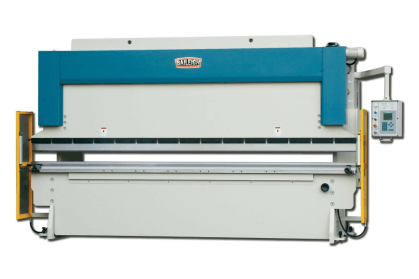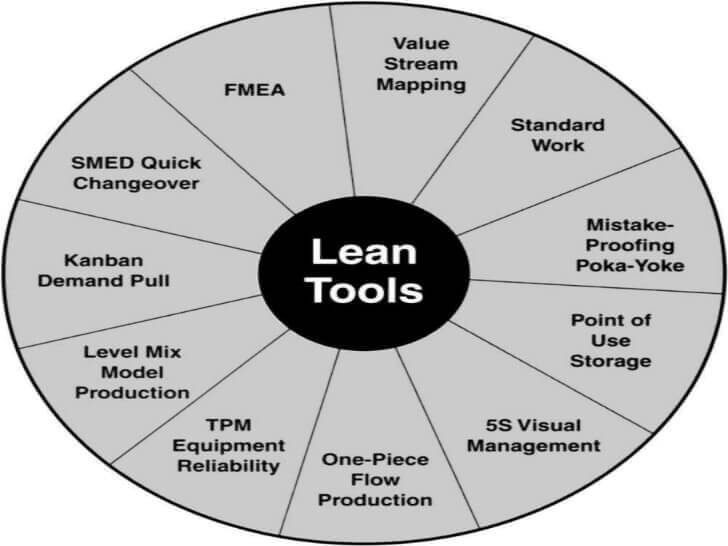Just like everything else, there are more common mistakes a lot of people make when it has to do with press brakes(some models) and something to keep away from metal fabricators includes a distress ram which is a press brake problem. The ram is a very important part of a press brake and should be treated as such. When it is said to be distressed, that means it is bent and that makes it hard for you to form quality parts.
Canoeing is a press brake term used when the bend is curved rather than being on a straight line. This is caused by a lot of mistakes on the press brake and it includes;
1. Not Changing the Hydraulic Fluid
Considering a lot of press brakes come with a complex hydraulic system, the hydraulic fluids can get contaminated when dirt, water or air gets to it. Not only does it limit the load a press can apply, but it can also reduce the key components life span. Regularly changing your fluids can help prevent this mistake.
2. Sticking Gibs
The gibs help in guiding the ram and the tool on the press brakes as it moves up and down. If the play gets too much for it to handle, the ram can twist and jam. To prevent this, adjusting the gibs periodically is advised and ensuring adequate lubrication.
3. Upsetting the Ram
Pressing forces when applied unevenly can upset the ram. These uneven forces can arise if the metal is positioned at a side rather than being positioned at the center. It can also arise if the metal is too thick. A good way to handle an upset ram is by shimming the machine but if the damage is much, a complete rebuild might be needed.

4. Neglecting Lubrications or Lubricating Too Much
Lack of lubrication or lubricating too much can be bad for the moving parts of your press brakes. Lack of lubrication can lead to the metal on metal contact and this can cause wear and tear. Excessive lubrication is just as bad as it can attract dust and metal fragments. You don’t need to over lubricate or under lubricate but instead use the right film of oil as well as viscosity.
5. Inadequate Posture of Machine
When installing your machine, it should be leveled on the floor. A machine can be twisted slightly over time if the floor shifts. This can lead to wear and can be harmful to your press brakes. Ensuring the floor is leveled is the best way to handle it.
6. Inadequate Cleaning
Dirt can lead to a lot of damage on your press brakes and leaving it to build up can be even worse. Most people don’t also know how to go about cleaning off these specks of dirt but the use of a non-abrasive cloth is recommended to avoid scratches.
Ensuring your machine is kept clean is a good way to curb dust-related problems and extend the life of your press brakes.















